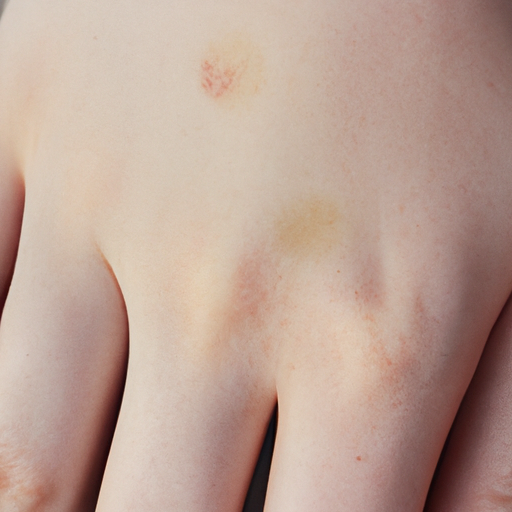The skin, being the largest organ of the body, is our first line of defense against external aggressors. It is also a reflection of our overall health and well-being. One of the most effective ways to maintain a radiant and youthful complexion is through regular exfoliation. This process removes dead skin cells from the surface of the skin, revealing a fresh, vibrant layer underneath. However, not all exfoliation methods are created equal. Let’s delve into some effective strategies to exfoliate dead skin from your face.
Firstly, it’s important to understand that our skin naturally sheds dead cells every 30 days or so. However, this process can slow down with age, leading to dull, dry, or flaky skin. Regular exfoliation helps speed up this natural process, improving skin texture and tone, reducing breakouts, and enhancing the absorption of skincare products.
There are two main types of exfoliation: physical and chemical. Physical exfoliation involves using a scrub, brush, or other abrasive tools to manually remove dead skin cells. This method can be effective but should be done gently to avoid damaging the skin. Over-exfoliation can lead to redness, irritation, and even breakouts.
On the other hand, chemical exfoliation uses acids or enzymes to dissolve dead skin cells. Alpha hydroxy acids (AHAs), beta hydroxy acids (BHAs), and retinoids are common ingredients in chemical exfoliants. AHAs are water-soluble and work best for normal to dry skin, while BHAs are oil-soluble and are ideal for oily and acne-prone skin. Retinoids can help with aging and sun-damaged skin.
When choosing an exfoliation method, it’s crucial to consider your skin type and sensitivity level. For sensitive skin, a gentle enzyme-based exfoliant may be preferable. Those with oily or acne-prone skin might benefit from a BHA-based product, while those with dry or mature skin may find an AHA-based product more beneficial.
Regardless of the method you choose, remember that less is more when it comes to exfoliation. Overdoing it can strip your skin of its natural oils, leading to dryness and irritation. As a general rule, exfoliate no more than two to three times a week for normal to oily skin, and once a week for sensitive or dry skin.
After exfoliating, it’s essential to replenish your skin’s moisture. Apply a hydrating serum or moisturizer to soothe and nourish your skin. Also, since exfoliation can make your skin more susceptible to sun damage, always apply a broad-spectrum sunscreen during the day.
In conclusion, regular exfoliation is a key component of a comprehensive skincare routine. It helps maintain a healthy, radiant complexion by removing dead skin cells and promoting cell turnover. However, it’s important to choose the right exfoliation method for your skin type and to avoid over-exfoliating. With the right approach, you can unveil the radiance beneath your skin’s surface and enjoy a fresh, glowing complexion.




